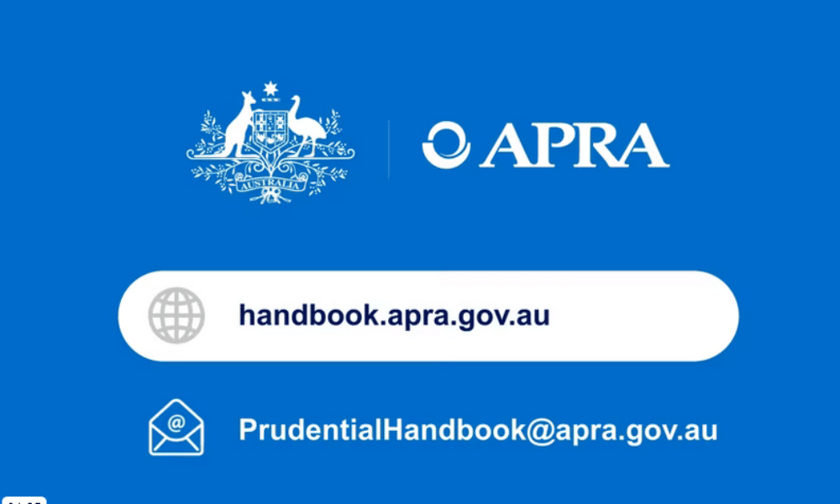

The Australian Prudential Regulation Authority (APRA) has launched a new digital prudential framework known as the “Prudential Handbook.”
This new resource consolidates APRA’s prudential standards, guidance, and related information into a single, easily navigable digital format. This development is part of the regulator’s strategy to modernise the prudential architecture (MPA).
The MPA initiative, which has been in progress for several years, aims to make APRA’s prudential framework simpler and more adaptable. Key aspects of this initiative include:
The overarching goal is to improve the industry’s understanding and compliance, thus enhancing regulatory supervision.
The Prudential Handbook, now available through APRA’s website, will operate alongside the current site for a few months to facilitate a smooth transition.
The handbook comprises legally binding prudential and reporting standards along with supporting guidance such as prudential practice guides. It applies to insurance, banking, and superannuation industries, and includes cross-industry standards.
Functioning as a comprehensive repository, the Prudential Handbook organises all APRA prudential standards and guidance into distinct pillars. These pillars focus on:
This structure aims to clarify how the various elements of the framework interconnect.
APRA is seeking feedback from the industry and the broader community, with engagement sessions scheduled for early July.
The final version of the handbook is expected by the end of July, with ongoing updates based on user input.
For more information and to access the online Prudential Handbook, visit APRA’s Prudential Handbook site. Feedback can be sent to [email protected].
The launch of the new digital Prudential Handbook follows the publication of APRA’s finalised Prudential Practice Guide CPG 230 Operational Risk Management (CPG 230).
The blueprint aims to help insurers, banks, and superannuation trustees to enhance their operational risk management and business continuity planning. It focuses on enhancing the resilience of critical operations and improving third-party risk management.
